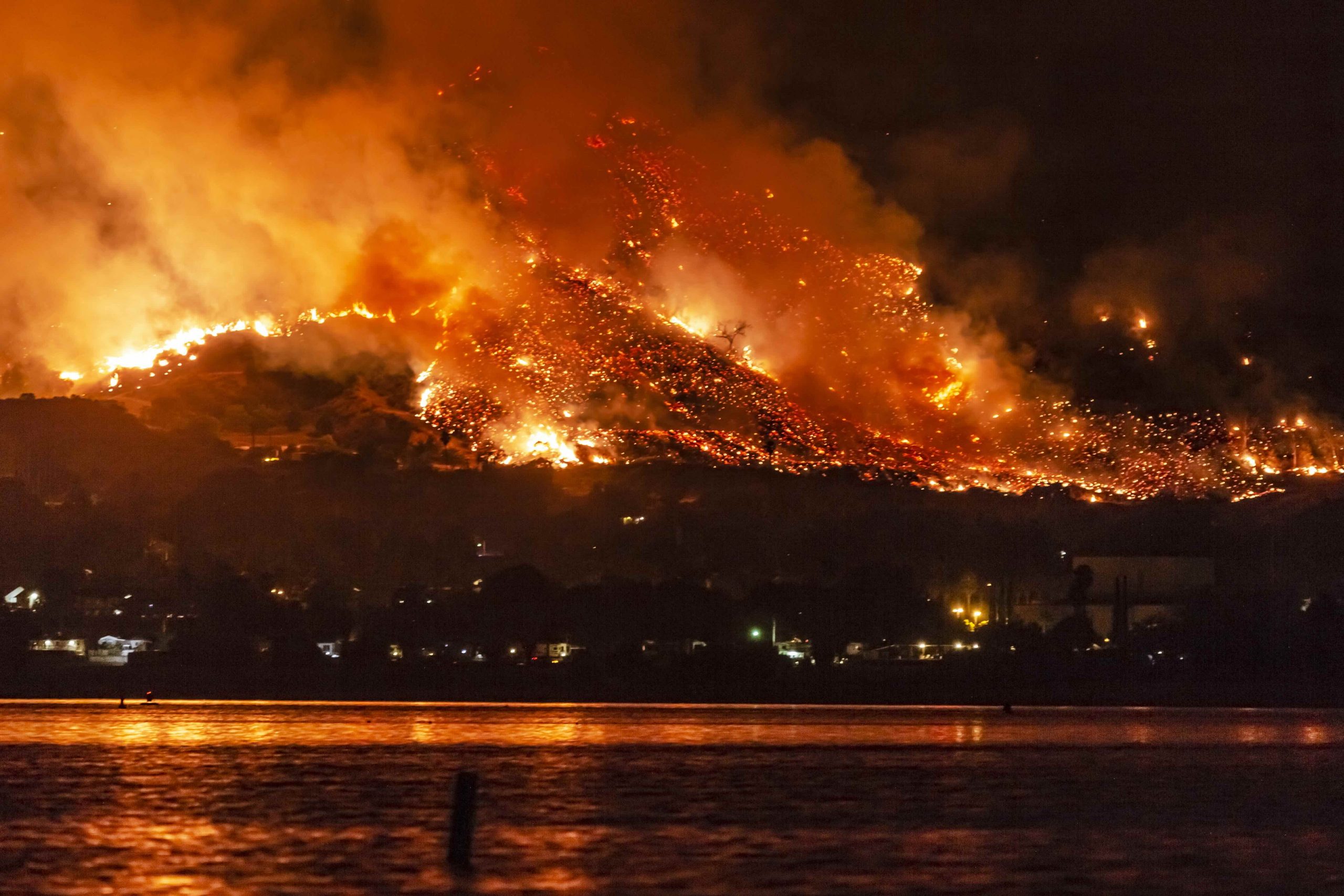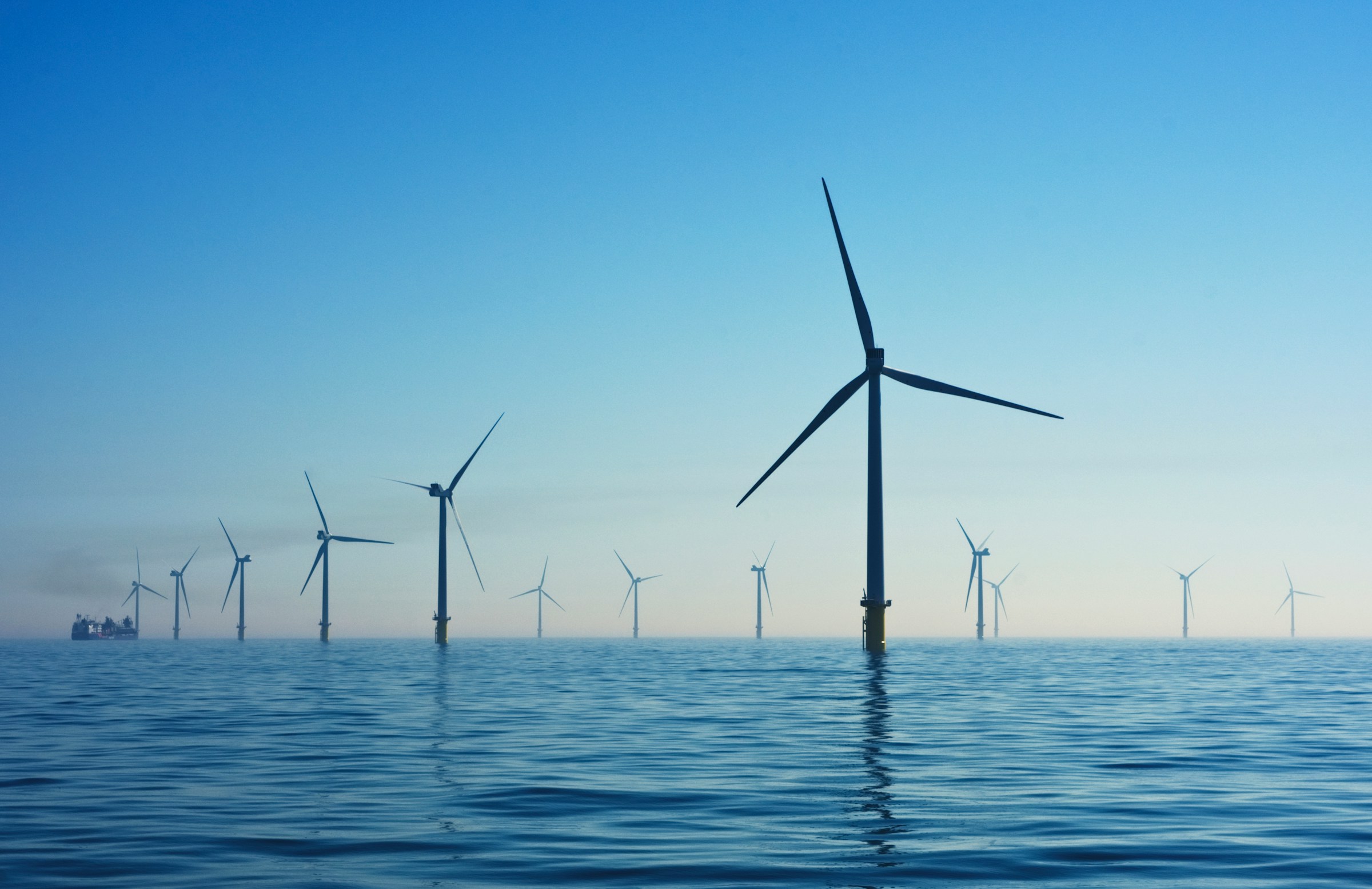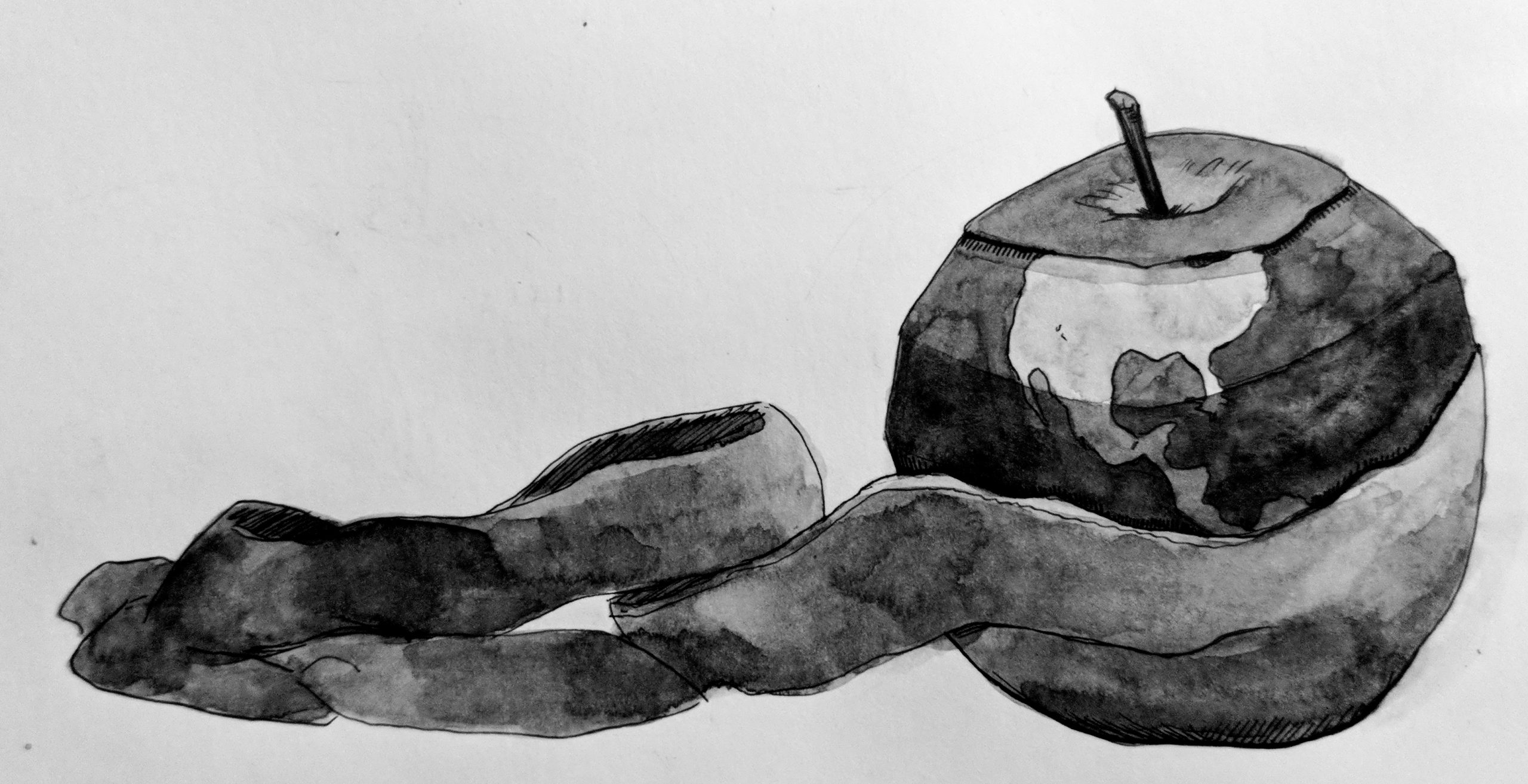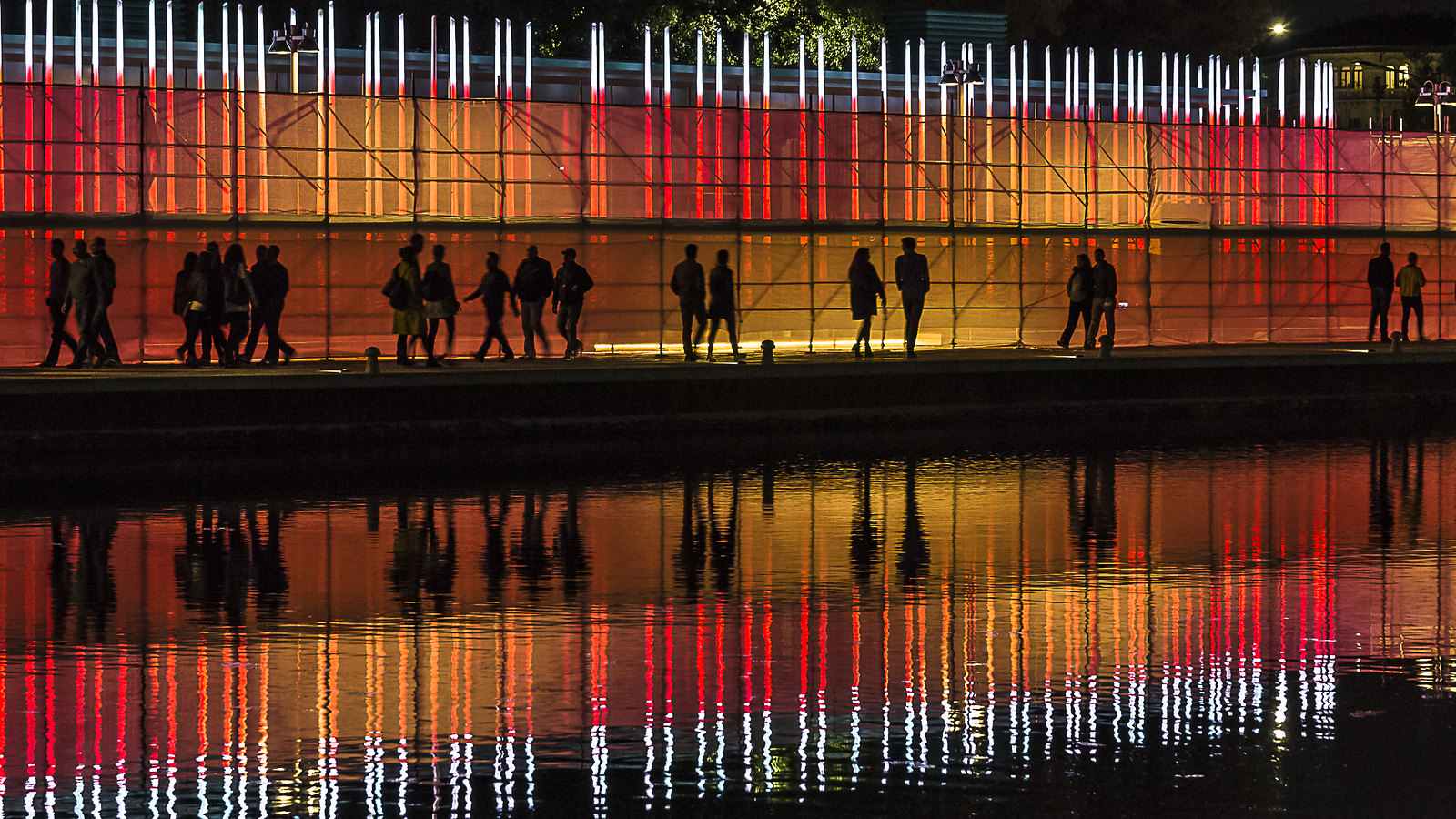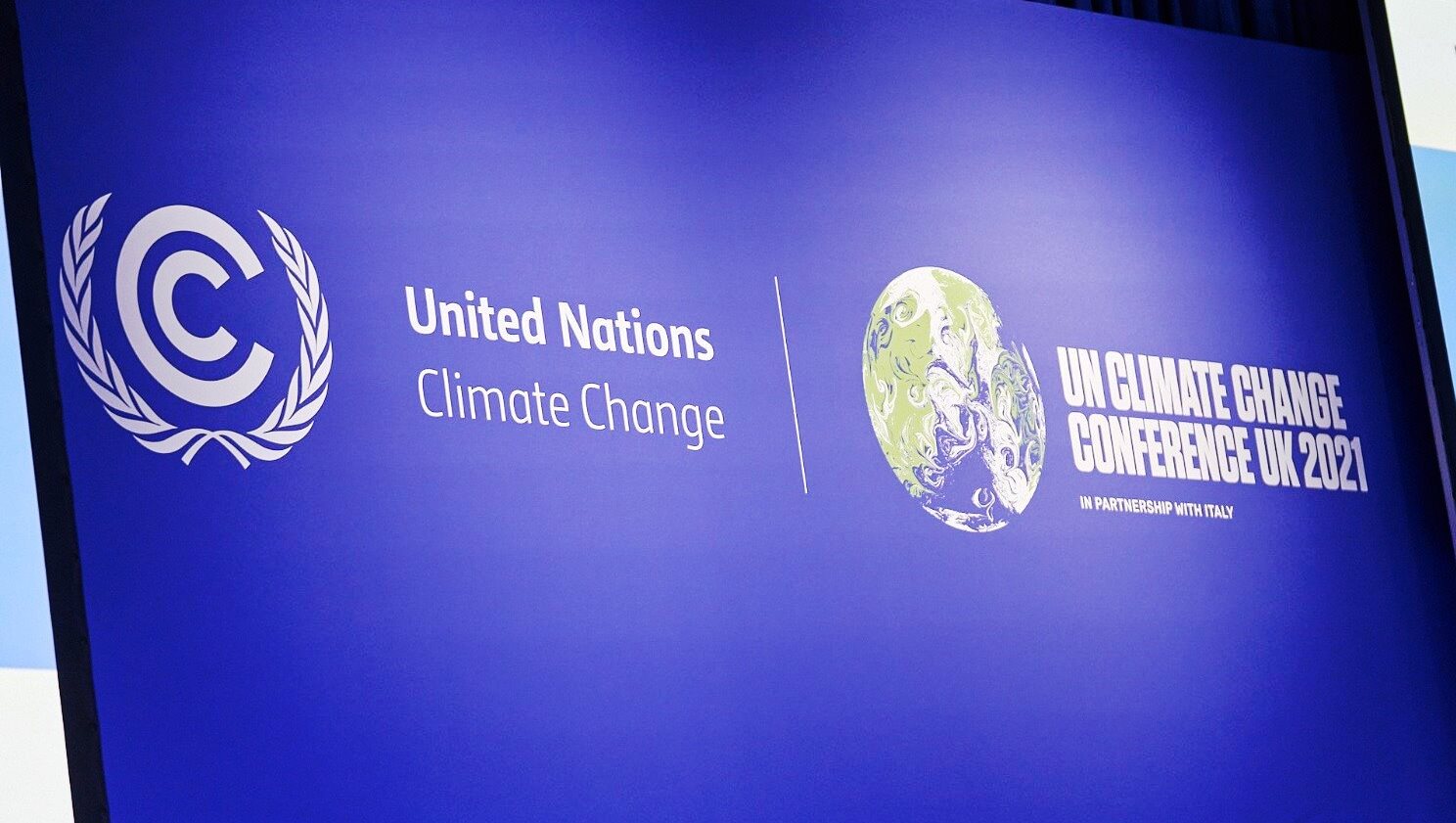The COP27 thematic day dedicated to action for climate empowerment (ACE) and Civil Society aims to integrate civil society into decision-making processes, building on the momentum of COP26 that saw the establishment of the Glasgow work programme on Action for Climate Empowerment (ACE).
But, what exactly is ACE? ACE is a term adopted by the United Nations Framework Convention on Climate Change (UNFCCC) in reference to the goal of empowering all members of society to engage in climate action, through education, training, public awareness, public participation, public access to information, and international cooperation. Although a strong focus is placed on youth engagement there are other stakeholders that come under the ACE and civil society bracket, including non-state actors. Projects such as Climateurope2 are examples of how a plurality of stakeholders can come together and support each other in building an equitable European climate services community.
Our recent interview with climate campaigner Julian Vincent also outlines the importance of engaging all stakeholders, from citizens to shareholders in financial institutions so that the financial sector is pushed towards making choices that favour decarbonisation. Action for climate empowerment involves all members of society.

